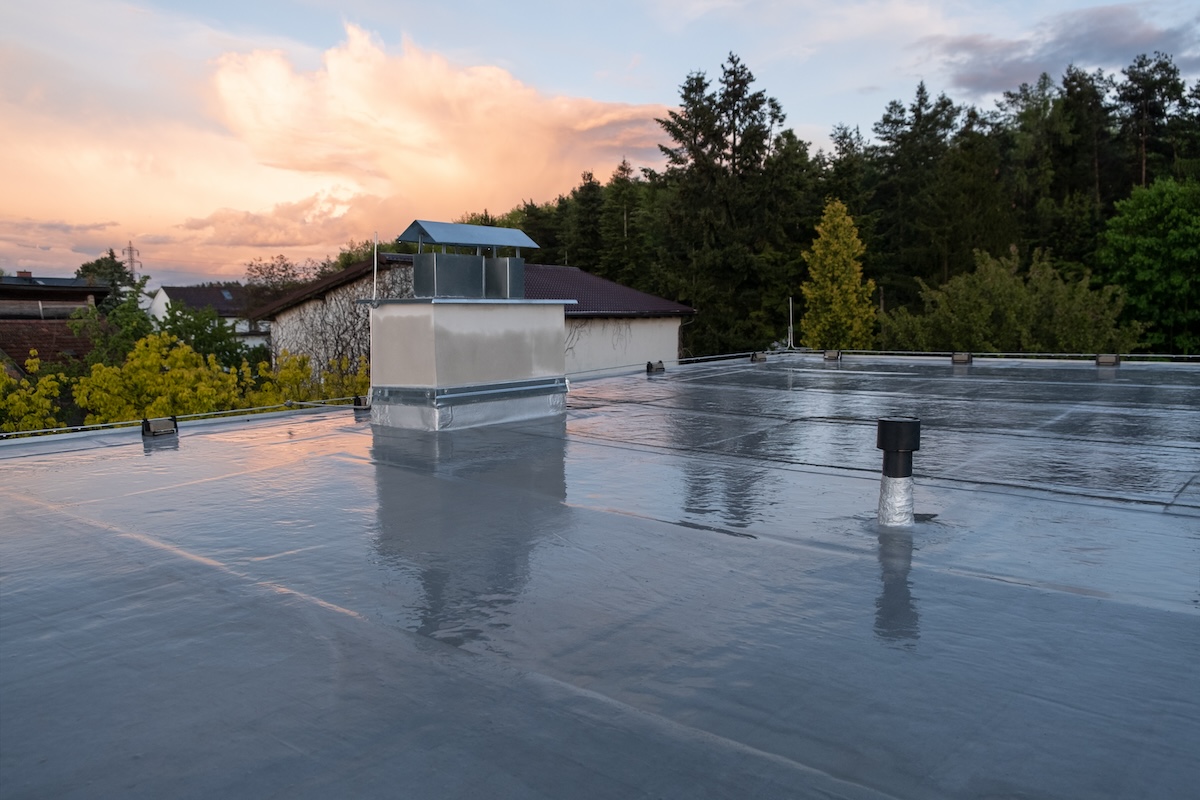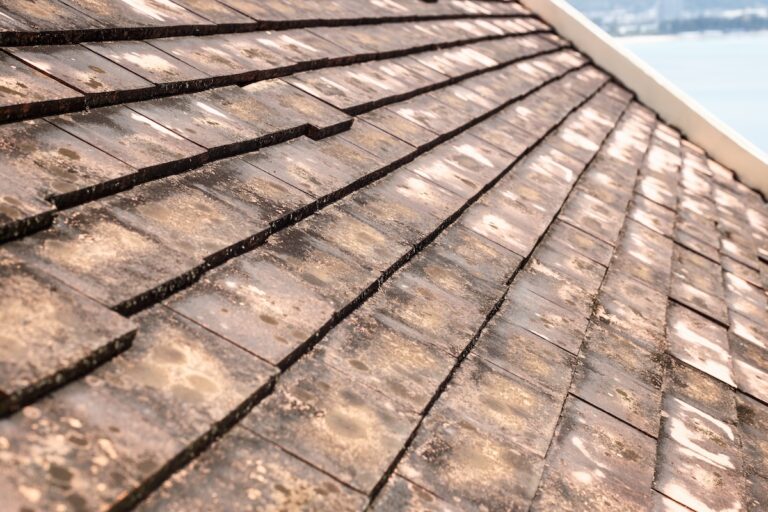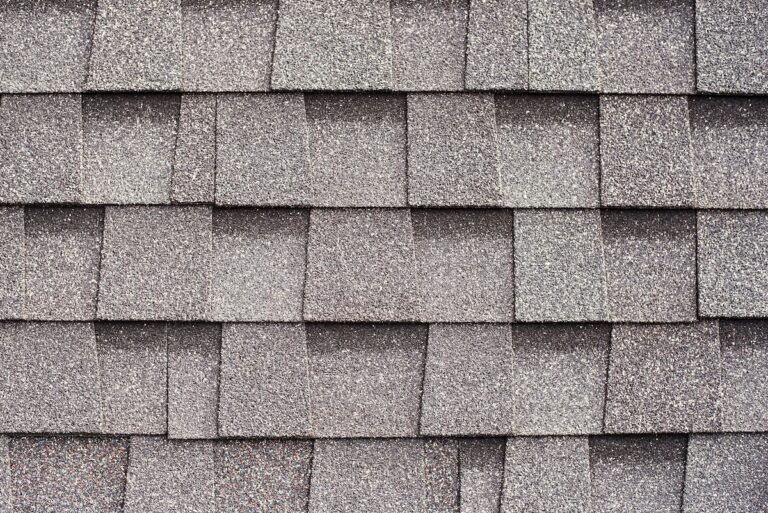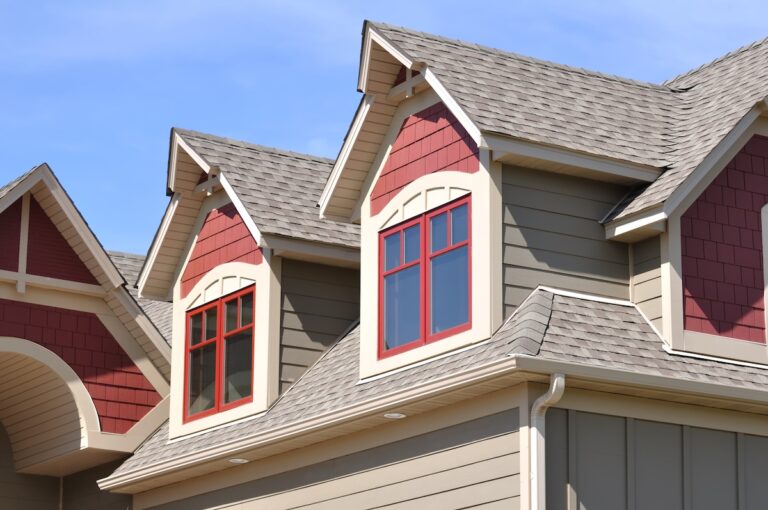If your property has a flat roof, you’ve likely encountered (or will encounter) the term “flat roof flashing.” While it might sound like a niche roofing topic, it’s absolutely essential for the overall health and longevity of your flat roof. Whether you’re looking to improve your current roof or are considering a replacement, understanding this detail can save you money and headaches in the long run.
This guide will walk you through:
- The ins and outs of flat roof flashing
- Why it’s important
- Its materials
- Installation methods
- Signs of damage
- How professional roofers like G. Cannon Roofing can help ensure your home is protected.
What is Flat Roof Flashing?
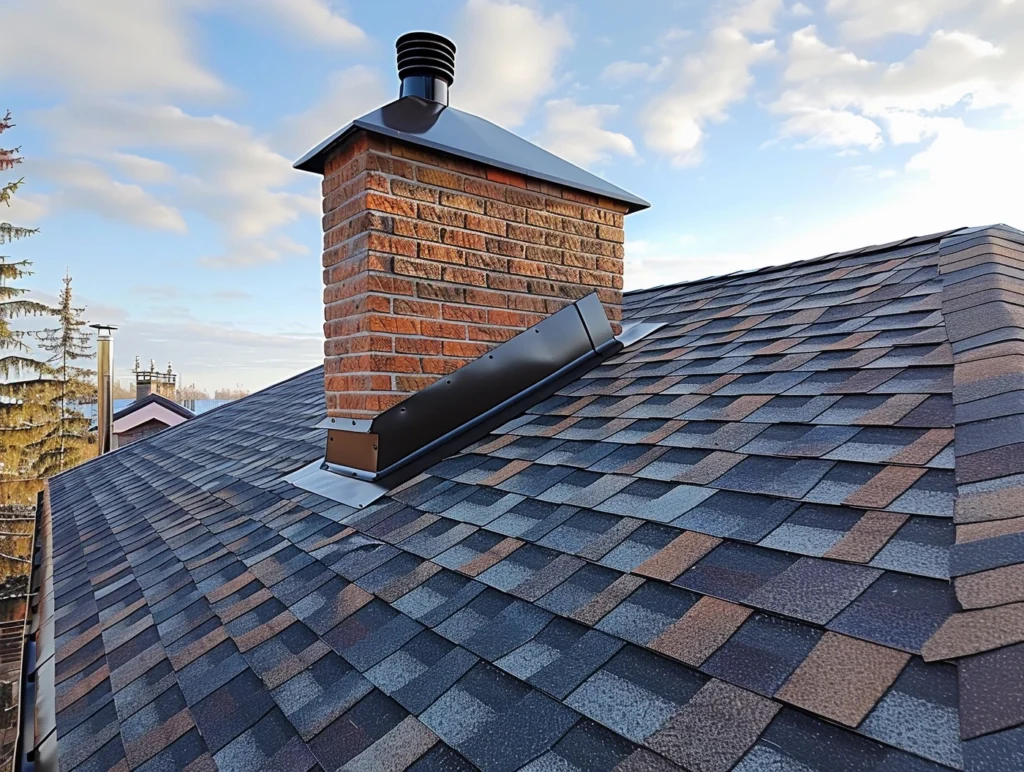
Flat roof flashing refers to thin pieces of durable material—usually metal, rubber, or plastic—installed at critical joints and edges on your flat roof. The purpose of flashing is to direct water away from these vulnerable areas, preventing leaks and structural damage. Flashing is commonly found around edges, seams, chimneys, vents, skylights, and other junctions where the roof meets different materials or surfaces.
While flat roofs are practical and often visually appealing for modern architectural designs, they don’t shed water as quickly as sloped roofs do. That’s why properly installed flashing is vital—it adds an extra layer of defense that keeps water (and the problems it might cause) at bay.
Key Takeaway:
Flat roof flashing serves as your roof’s first line of defense against leaks, channeling water to appropriate drainage points and protecting your home’s structural integrity.
Why is Flat Roof Flashing Important?
Water is a roof’s worst enemy, especially on flat roofs where it can potentially pool and linger. Improper or damaged flashing can result in water penetrating the roof membrane, insulation, and underlying structure. Here’s why flat roof flashing is so important for homeowners:
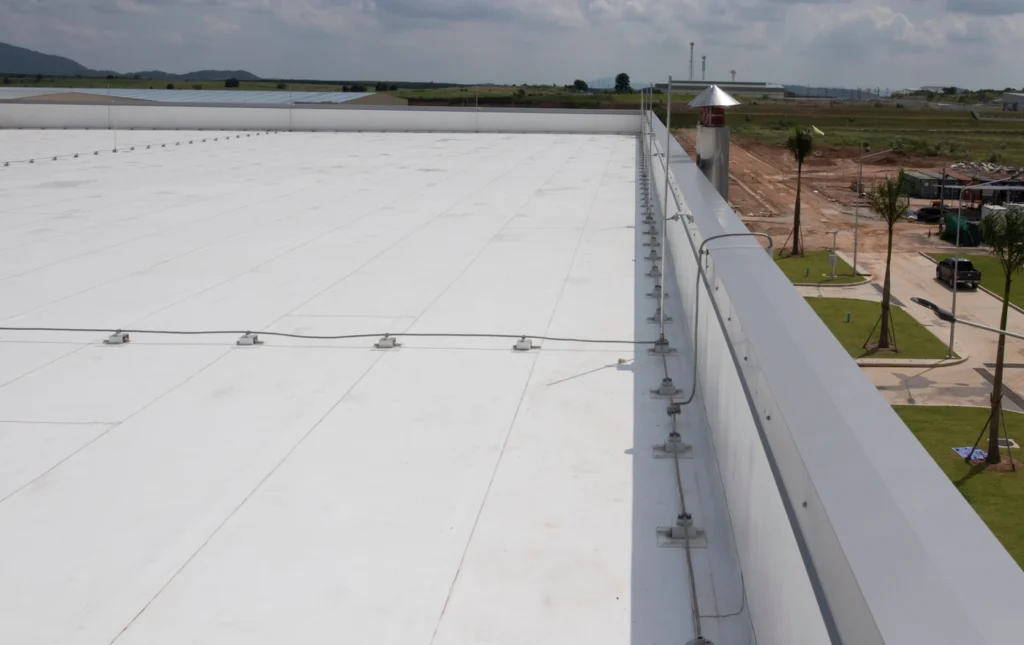
- Prevents Leaks: Flashing seals potential entry points for water, such as roof edges, vents, and chimneys. This helps prevent leaks that can damage your roof and interior of your house.
- Extends Roof Lifespan: By keeping water and moisture out, flashing reduces the risk of damage and deterioration over time. Proper flashing can significantly extend the lifespan of your flat roof.
- Protects Your Investment: Roof repairs and replacements are costly. Flashing adds an extra layer of protection that can save you money by avoiding major issues early on.
- Improves Energy Efficiency: A waterproof and well-protected roof helps maintain insulation, reducing energy waste caused by moisture damage or temperature changes due to leaks.
- Enhances Curb Appeal: While its primary function is protective, neat, and well-installed flashing also ensures a clean, professional look for your roof.
Flat roof flashing essentially gives you peace of mind. It ensures that water stays where it belongs—away from your home’s structural components.
5 Common Materials Used for Flat Roof Flashing
Flat roof flashing comes in a variety of materials, with each one offering distinct advantages based on your needs and budget. Below are some of the most common materials and their benefits:
1. Aluminum
- Lightweight and easy to shape for installation
- Corrosion-resistant, especially when coated
- Cost-effective for most homeowners
- Ideal for residential flat roofs
2. Copper
- Extremely durable and long-lasting
- Aesthetically pleasing for luxury designs
- Environmentally friendly and recyclable
- Higher upfront cost due to superior quality
3. Galvanized Steel
- Durable and weather-resistant
- Commonly used for industrial flat roofs
- Affordable and widely available
4. Rubber or EPDM (Ethylene Propylene Diene Monomer)
- Flexible and ideal for irregular shapes
- Works well with modern flat roofing membranes
- Great for areas requiring extra flexibility, like seams
5. Plastic or PVC
- Cost-effective for budget-conscious homeowners
- Lightweight and durable in moderate weather
Choosing the right material depends on factors like climate, budget, and the type of roof membrane on your property. A professional commercial roofer can help you select what works best for your specific home.
How is Flat Roof Flashing Installed?
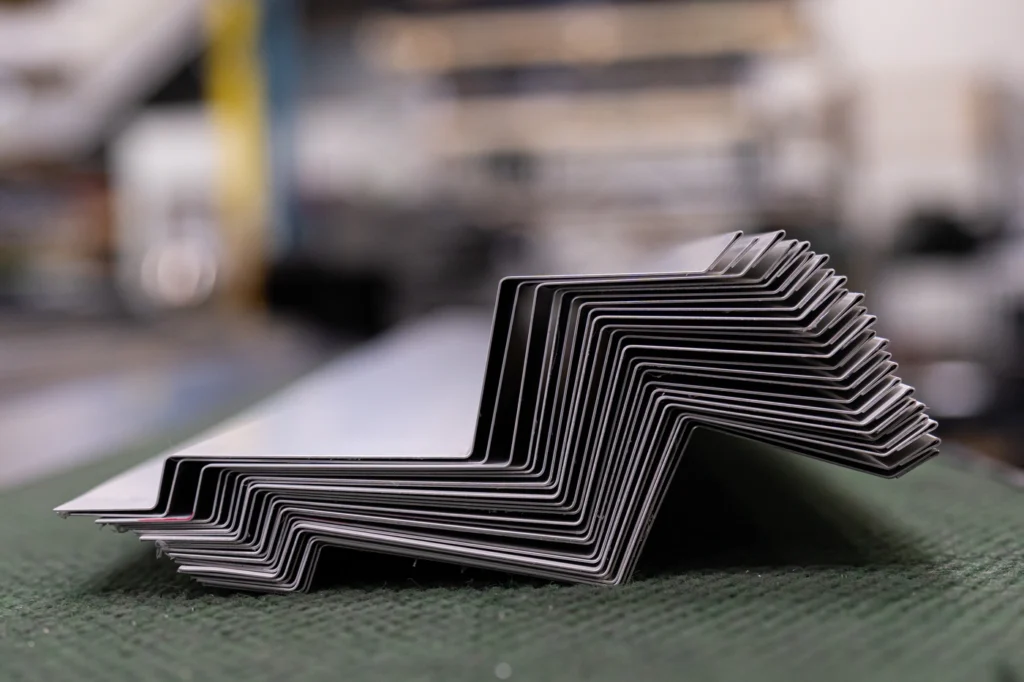
Proper installation is key to ensuring that your flat roof flashing works effectively. Here’s a general overview of how flashing is installed on flat roofs:
Step 1: Inspection
Before flashing installation begins, a thorough inspection of the roof is conducted to identify vulnerable areas and ensure the roof surface is clean and dry.
Step 2: Measuring and Cutting
Flashing materials are measured and cut to fit the dimensions of specific areas like edges, vents, and joints.
Step 3: Sealing
For metal flashing, roofers often use sealants or adhesives to create a watertight bond between the flashing and roof membrane. Rubber flashing might involve heat-welding techniques for a seamless result.
Step 4: Securing Components
Fasteners are used to secure the flashing in place, ensuring it remains stable during weather fluctuations.
Step 5: Inspection and Testing
Once the installation is complete, the flashing is tested for potential leaks and stability. A professional roofer ensures everything is thoroughly sealed and watertight.
DIY flashing repairs or installations are not recommended. Improper installation can cause more harm than good. Hiring an experienced roofing professional, like G Cannong Roofing, guarantees that the job is done right.
Signs of Damaged or Improper Flat Roof Flashing
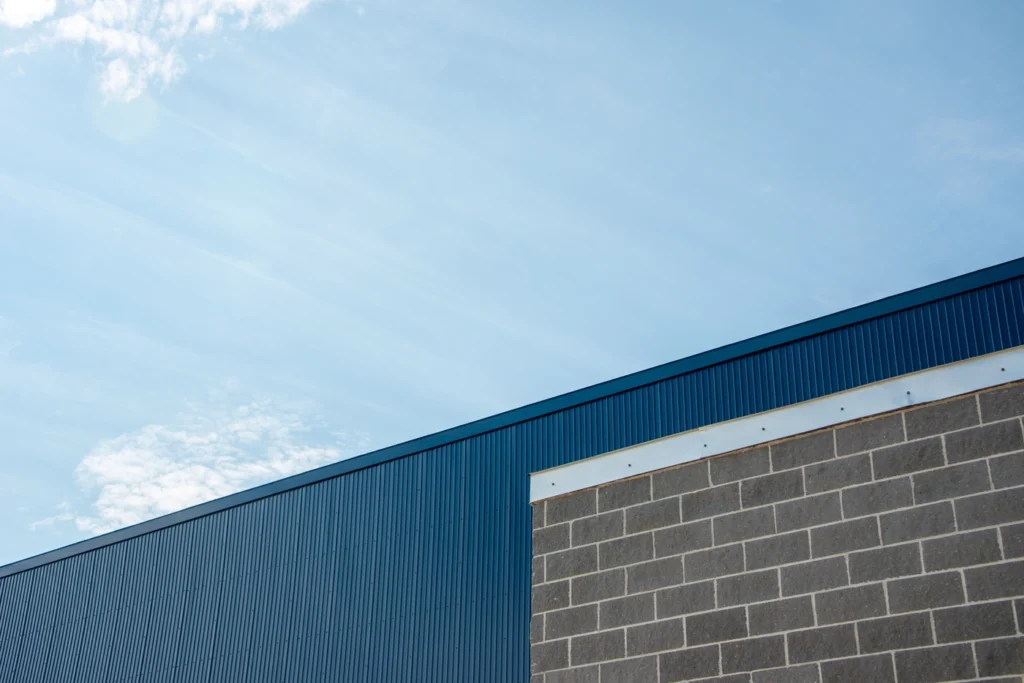
Even the best flashing can wear down over time due to weather exposure, aging, or installation issues. Here are some common signs that your flat roof flashing might need repair or replacement:
- Visible rust or corrosion on the flashing material
- Cracks or gaps between flashing and the roof surface
- Water stains or leaks inside your home
- Pooling water or slow drainage on the roof
- Loose or missing sections of flashing
Ignoring these signs could lead to more significant, costly damage. Regular roof inspections, particularly before heavy rainy seasons, can help you catch and address these issues early.
Professional Services Make All the Difference
Installing and maintaining flat roof flashing is not a DIY job. It requires precision, expertise, and the right materials to ensure proper protection for your home. Hiring an experienced roofing professional provides several benefits:
Why Choose G Cannon Roofing?
At G Cannon Roofing, we specialize in flat roof installations and repairs, including expert flashing services. Here’s what you can expect when you work with us:
- Experienced Professionals: Our skilled team has years of experience in flat roof systems.
- Quality Materials: We only use top-grade flashing materials to ensure durability and performance.
- Attention to Detail: From precise measurements to seamless installations, we take care of every step.
- Transparent Pricing: No surprises—just clear, honest pricing.
- Customer Satisfaction: Your satisfaction and peace of mind are always our priority.
We take pride in providing reliable roofing solutions that protect your home and investment.
Need Help Replacing Your Flashing? Give Us A Call
Flat roof flashing may not be the most glamorous feature of your home, but it plays an essential role in your roof’s overall function and durability. By investing in quality flashing and regular maintenance, you can protect your home from leaks and structural damage, save money on costly repairs, and even extend the life of your flat roof.
At G Cannon Roofing, we’re here to help you every step of the way. Whether you’re looking for an inspection, repairs, or full installation, our team has the expertise and professionalism needed to ensure your roof stays in top shape.
Remember, a sturdy roof equals peace of mind. Protect your home today—get in touch with G Cannon Roofing for top-notch flat roof flashing services.
